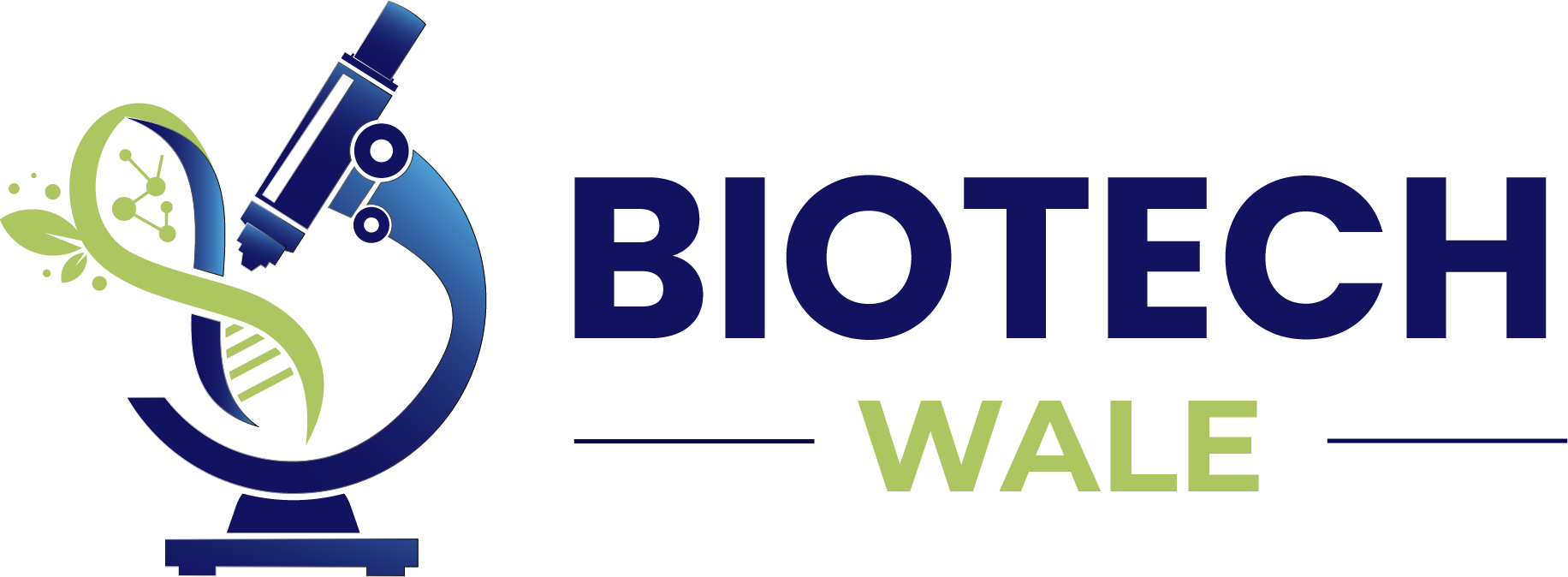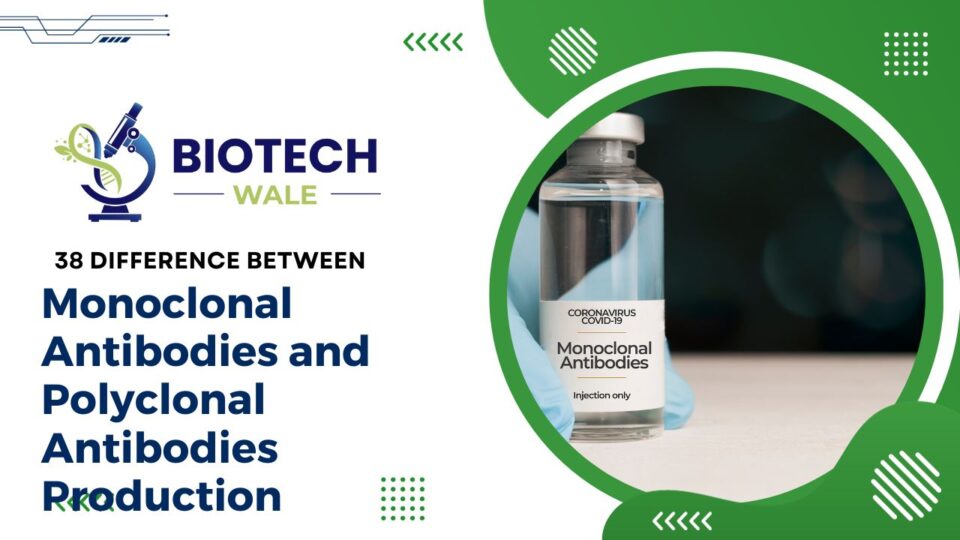Both monoclonal and polyclonal antibodies are crucial tools in the biotechnology and immunology fields. They are created in various ways and have various functions.
Monoclonal antibodies (mAbs) are a class of synthetic molecules that can imitate the immune system’s capacity to defend against dangerous pathogens like bacteria, viruses, and cancer cells. They are referred to as “monoclonal” because they originate from the B cell, a specific type of immune cell that has been cloned to make identical antibodies.
By merging a particular B cell with a type of tumor cell called a myeloma cell to create a hybrid cell called a hybridoma, monoclonal antibodies can be produced. This hybridoma cell may generate a lot of monoclonal antibodies, which are identical antibodies.
In response to a particular antigen, various B cells create a variety of antibodies known as polyclonal antibodies. In numerous research and diagnostic applications, they are frequently used. Immunization, serum collection, and antibody purification are all phases in the production of polyclonal antibodies.
The serum often contains polyclonal antibodies as well as other proteins. Several techniques, including protein A/G affinity chromatography, ammonium sulfate precipitation, and ion exchange chromatography, can be employed to isolate the antibodies. These procedures separate the antibodies from other elements of the serum.
|
S.No. |
Aspects |
Monoclonal Antibodies Production |
Polyclonal Antibodies Production |
|
1 |
Source of antibodies |
Derived from a single clone of B cells |
Derived from multiple clones of B cells |
|
2 |
Specificity |
Highly specific to a single antigen |
Broadly reactive to multiple antigens |
|
3 |
Antigen used |
Usually a single purified antigen |
Typically a complex mixture of antigens |
|
4 |
Hybridoma technology |
Utilized to produce monoclonal antibodies |
Not used in polyclonal antibody production |
|
5 |
Immune response |
Minimal immune response observed |
Robust immune response in the host |
|
6 |
Time to production |
Longer production time |
Faster production process |
|
7 |
Antibody diversity |
Low diversity of antibodies |
High diversity of antibodies |
|
8 |
Reproducibility |
Highly reproducible |
Less reproducible |
|
9 |
Batch consistency |
Higher batch-to-batch consistency |
Lower batch-to-batch consistency |
|
10 |
Antigen-binding sites |
Single type of antigen-binding site |
Multiple types of antigen-binding sites |
|
11 |
Genetic manipulation |
Genetic engineering often involved |
Genetic manipulation not required |
|
12 |
Antibody purity |
High purity of antibodies produced |
Lower purity due to multiple antibodies |
|
13 |
Monoclonal origin |
Derived from a single parent cell |
Derived from multiple parent cells |
|
14 |
Potential for cross-reactivity |
Low potential for cross-reactivity |
Higher potential for cross-reactivity |
|
15 |
Specific applications |
Precision medicine, diagnostics |
Research, serological tests, and therapeutics |
|
16 |
Cloning required |
Cloning of hybridoma cells needed |
Cloning not required |
|
17 |
Cell lines |
Establishment of hybridoma cell lines |
No need for cell line establishment |
|
18 |
Antigen amount |
Requires less antigen for production |
Requires larger antigen quantities |
|
19 |
Monoclonal antibodies yield |
Lower yield per cell line |
Higher yield due to multiple cell lines |
|
20 |
Cost-effectiveness |
Often more expensive to produce |
Relatively cost-effective |
|
21 |
Risk of contamination |
Lower risk due to single cell line |
Higher risk due to multiple cell lines |
|
22 |
Regulatory approval |
Stringent regulatory requirements |
Less stringent regulatory requirements |
|
23 |
Scale-up challenges |
More challenging to scale up |
Easier to scale up production |
|
24 |
Stability |
High stability of monoclonal antibodies |
Less stability due to mixture of antibodies |
|
25 |
Allergenicity |
Lower risk of allergenic reactions |
Higher risk of allergenic reactions |
|
26 |
Production efficiency |
Less efficient production process |
More efficient production process |
|
27 |
Antibody characterization |
Well-characterized antibodies |
Heterogeneous antibody population |
|
28 |
Tissue culture requirements |
Extensive tissue culture requirements |
Less extensive tissue culture requirements |
|
29 |
Selection of clones |
Specific clones with desired properties |
Variability in clone selection |
|
30 |
Batch size |
Smaller batch sizes are common |
Larger batch sizes can be produced |
|
31 |
Use in clinical trials |
Common in clinical trials |
Less common in clinical trials |
|
32 |
Therapeutic potential |
Commonly used for therapeutic purposes |
Limited therapeutic applications |
|
33 |
Cross-species production |
Possible for certain species |
Common for various species |
|
34 |
Single antibody source |
One source for all antibodies |
Multiple sources for antibodies |
|
35 |
Sensitivity |
High sensitivity in assays |
Lower sensitivity in some assays |
|
36 |
Availability of reagents |
Availability of specific reagents |
Broader range of reagents required |
|
37 |
Manufacturing complexity |
More complex manufacturing process |
Simpler manufacturing process |
|
38 |
Patent issues |
Potential for patent restrictions |
Fewer patent issues to contend with |
Frequently Asked Questions (FAQs)
Q1: What role do monoclonal antibodies play in medicine?
Monoclonal antibodies are used in a variety of medical procedures, such as cancer therapy, the treatment of autoimmune diseases, and diagnostics.
Q2: What benefits come with the use of polyclonal antibodies?
Polyclonal antibodies are helpful for detecting a variety of related antigens because they may recognize many epitopes in an antigen.
Q3: Does passive immunity include monoclonal antibodies?
In order to attack a particular infection, monoclonal antibodies introduce pre-made antibodies into the body rather than depending on the body’s immune system to manufacture its own antibodies. As a result, they do give a sort of passive immunity.
Q4: What kinds of medications use monoclonal antibodies?
Rituxan (rituximab) for cancer and autoimmune disorders, Herceptin (trastuzumab) for breast cancer, and Regeneron’s casirivimab and imdevimab for COVID-19 are a few well-known monoclonal antibody medicines.
Q5: What distinguishes monoclonal antibodies from other types of antibodies?
Regular antibodies are made by the body’s immune system and can vary in shape and specificity, whereas monoclonal antibodies are made in a lab and are exact replicas of a particular type of antibody.





Average Rating